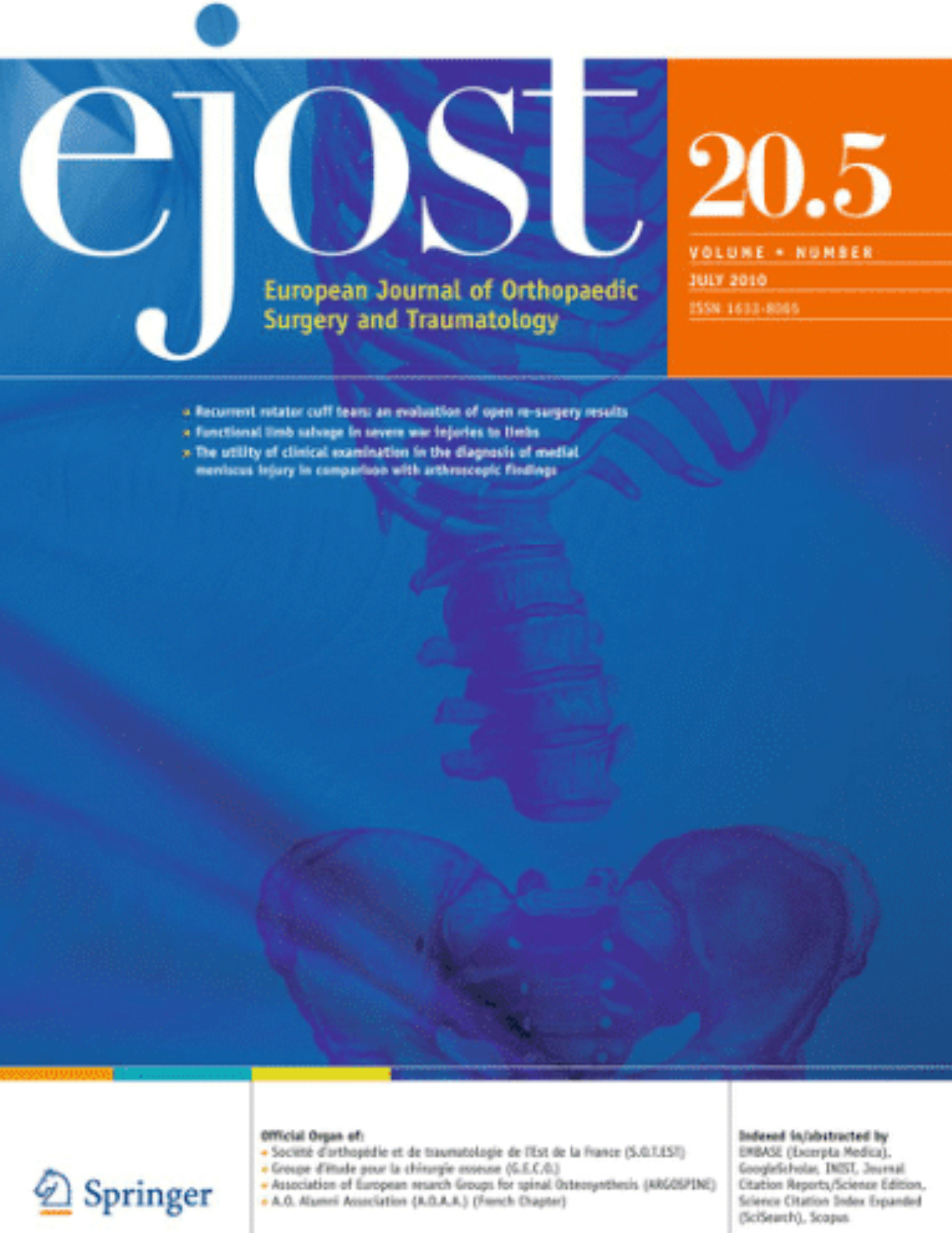
Cervical Arthroplasty vs Anterior Cervical Discectomy with Fusion: SR of RCTs With >7 Year Follow-up

Cervical Arthroplasty vs Anterior Cervical Discectomy with Fusion: SR of RCTs With >7 Year Follow-up
Outcomes of cervical arthroplasty versus anterior cervical arthrodesis: a systematic review and meta-analysis of randomized clinical trials with a minimum follow-up of 7-year.
Eur J Orthop Surg Traumatol. 2023 Jul;33(5):1875-1884.Did you know you're eligible to earn 0.5 CME credits for reading this report? Click Here
Synopsis
Nine randomized controlled trials (RCTs) including a total of 2,664 patients were included in this systematic review comparing cervical disc arthroplasty (CDA) (n=1,464) vs. anterior cervical discectomy with fusion (ACDF) (n=1,200). All included RCTs had a minimum of 7 years of follow-up. The outcomes of interest included overall success rate, functional and pain scores, range of motion, adjacent ...
To view the full content, login to your account,
or start your 30-day FREE Trial today.
FREE TRIAL
LOGIN
Forgot Password?
Explore some of our unlocked ACE Reports below!

Learn about our AI Driven
High Impact Search Feature
Our AI driven High Impact metric calculates the impact an article will have by considering both the publishing journal and the content of the article itself. Built using the latest advances in natural language processing, OE High Impact predicts an article’s future number of citations better than impact factor alone.
Continue



 LOGIN
LOGIN

Join the Conversation
Please Login or Join to leave comments.